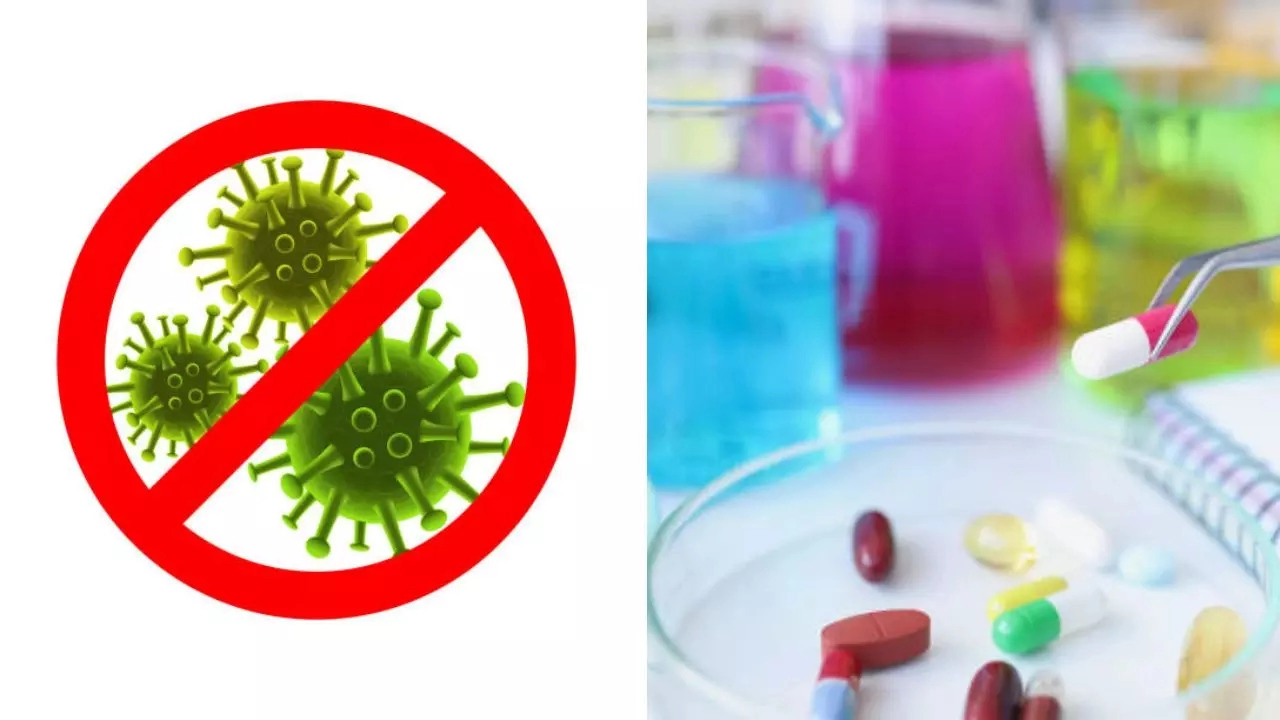Ashima Sharda Mahindra • 18 Sep 2024
Antimicrobial Resistance: Why Is It Becoming A Global Threat? Ways To Combat Pathogens

While bacterial resistance is said to be more dominating, experts call for being equally critical to address the rising threat of antifungal resistance
Antimicrobial resistance or AMR is a global public health problem that causes microorganisms like bacteria, viruses, fungi, and parasites to develop the ability to resist the medicines used to treat them. According to experts, even though AMR has traditionally been linked to bacteria, there is an increasing and sometimes unnoticed focus on antifungal resistance, which presents a substantial public health risk
According to experts, AMR – a natural process occurs over time due to genetic changes in pathogens. However, human activity, like misuse and overuse of antimicrobials can also accelerate the emergence and spread of AMR.
The rise of antimicrobial resistance
Doctors say the overuse of antibiotics in healthcare, agriculture, and livestock is a significant contributor to AMR. “These factors facilitate the proliferation of resistant strains which lead to more challenging infections to treat, contributing to increased disease spread, severity, and mortality rates,” Dr. Mahender Kumar Medisetty, Intensivist, Apollo General Hospital, told Times Now.
According to the World Health Organization, AMR could potentially cause approximately 10 million deaths annually by 2050, with substantial impacts in Asia and Africa.
Also, while bacterial resistance is said to be more dominating, experts call for being equally critical to address the rising threat of antifungal resistance – which arises when fungi survive treatments intended to eliminate them.Unlike bacteria, fungi are:
Eukaryotic organisms
Their cellular structures are more similar to human cells
Making the development of effective antifungal drugs particularly challenging
“With fewer antifungal agents available, the emergence of resistance is particularly concerning. Some fungi are naturally resistant to certain antifungal drugs, while others acquire resistance over time, especially with prolonged or inappropriate use of antifungal treatments,” said Dr. Medisetty.
What are the mechanisms behind antifungal resistance?
Experts say the antifungal resistance happens and spreads because of mutations at the drug's target site, preventing effective binding, increased production of efflux pumps that expel the drug from the fungal cell, and the formation of biofilms that create a protective environment, reducing the drug's efficacy.
Also, too much of antifungal agents, especially azoles in agriculture, have contributed to the problem. Azoles are commonly used to protect crops but have led to the emergence of resistant strains capable of causing severe infections in humans, particularly in the lungs. “This cross-resistance between agricultural and clinical settings emphasizes the need for an integrated approach to manage and monitor antifungal resistance,” said Dr. Medisetty.
What are the factors that contribute to antifungal resistance?
According to Dr. Medisetty, a few factors that advance antifungal resistance include climate change - by altering natural environments, leading to the evolution and adaptation of resistant fungal species. “The lack of new and updated antifungal drugs also exacerbates the problem, as limited treatment options allow resistance to develop and spread. Overuse of fungicides in agriculture and the overprescription of antifungal medications by healthcare providers further increase the frequency of fungi being exposed to these drugs, driving the development of resistance,” he said.
Also, a few Improper practices like failing to complete the prescribed course of antifungal treatment, and using antifungals where it’s unnecessary allow more resistant fungal strains to survive and multiply.
How to combat AMR?
To combat antifungal resistance, the Centre for Disease Control and Prevention has launched the Antimicrobial Resistance Solutions Initiative, which includes the following strategies:
Prevention
Engaging with healthcare facilities to monitor and prevent antifungal resistance.
Surveillance
Implementing a one-health surveillance system to track drug-resistant strains.
Diagnostics
Developing and deploying rapid diagnostic tests for early detection of resistance.
Research
Investigating the development and spread of resistance
Global Collaboration
Partnering with international organizations to coordinate efforts against antifungal resistance.
Get Latest News Live on Times Now along with Breaking News and Top Headlines from Health and around the world.